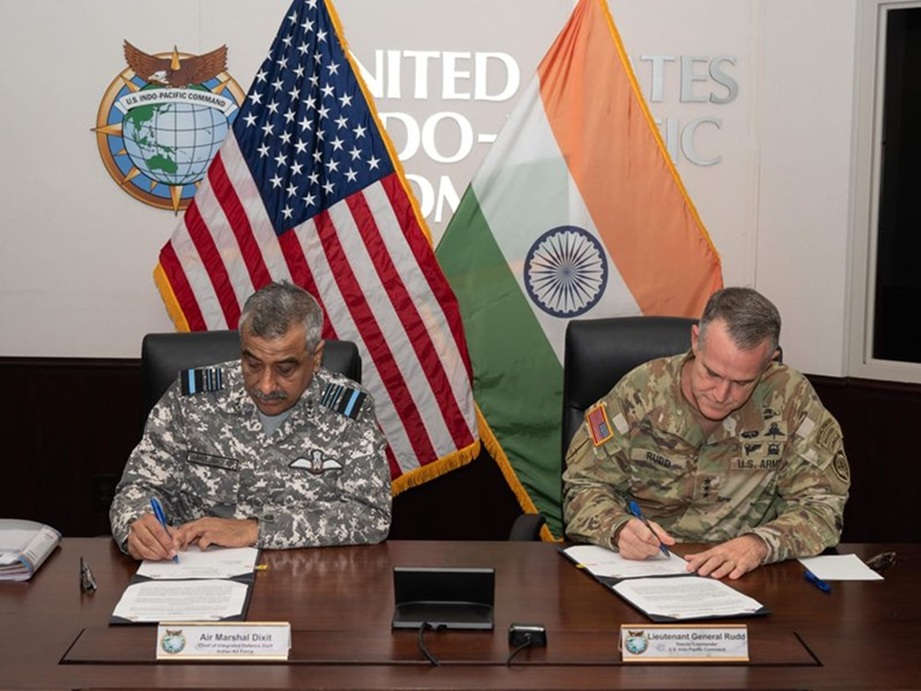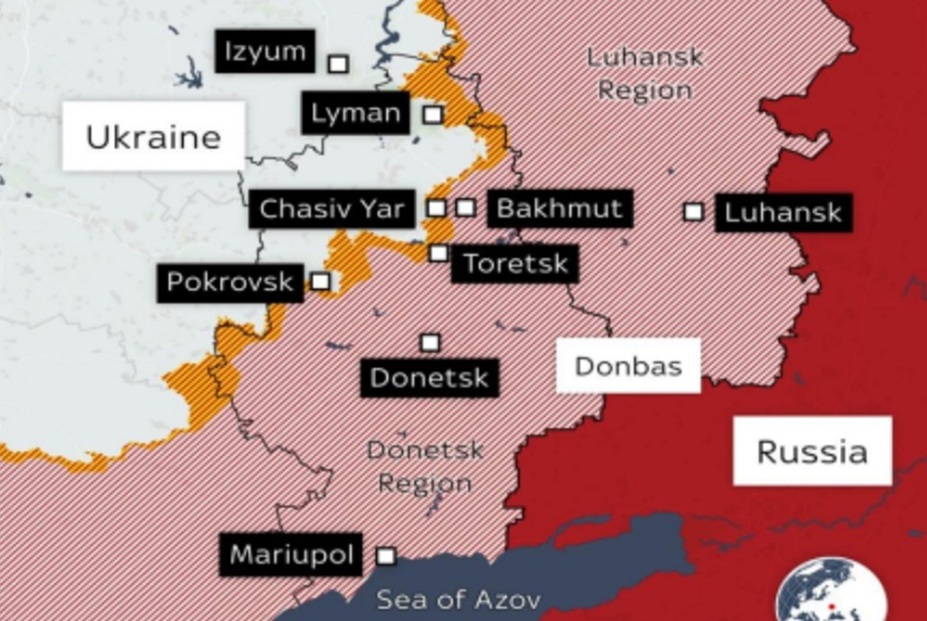Sports and Games have a special place in the Indian Armed Forces. This article is conceptualised from the perspective of a women sports enthusiast coming from an armed force background. Fitness and discipline mark the very experiential nature of growing up as a dependent in the Indian military setup. Life as a military dependent is paradisical for any individual who is passionate about sports.
What defines the Indian Armed Forces’ sports experience as unique? Attention is drawn to four important concepts – Access, Quality, Exposure and Ethic.
When one considers the holistic background of life in the Services, an influence of the following is found, and has always existed:
- an affinity for healthy competition
- sportsperson spirit
- collaborative gaming events, and
- sporting activities
The idea of sports, exercise and health have always been an integral part of the military fitness regime [1]; and this particular culture from within the Armed Forces is one of the greatest takeaways for the author; it is hard to come out of this system feeling anything but grateful, inspired and driven.
There exists a truly commendable feature in military bases all over India – that is, the provision of an area dedicated to a sports facility. The bigger bases (usually located in larger cities) are well-equipped with racket sports, roller skating, aerobic activities, cycling routes, martial arts, swimming, courts (both indoor and outdoor) and field games. The Forces also provides opportunities to garner experience and participate in equestrian sports, aqua sports, adventure sports, shooting, marathon events, contact sports, lifting competitions, Inter-Command games and more. In fact, even in smaller or more remote bases, one would find a lone basketball ring, a single badminton net or a loosely marked ground – making all the difference in the world!
It is important to note at this juncture that by simply providing such facilities and making them easily accessible to all within the fraternity, the Services succeed in promoting a positive message about exercise as a concept, and a genuine effort to stay healthier.
There are significant benefits for fraternity members if and when they participate in an environment that prioritises and promotes sports and games:
- To possess heightened levels of both awareness and consciousness towards a physically healthy lifestyle.
- It could result in individuals making good and sound investments (money, time and energy) – whether in terms of sports equipment, gear, travel and/ or conscientious eating habits.
- If one is involved actively with sports and games – there exists an organic process and a ready-channel through which one could expand one’s circle – making new friends and newer relationships. The sports network within the Armed Forces is a great way to expand connections and form solid equations. This does aid (in a big way) to reduce the stress or distress of moving to a new city – sports unite.
- Such engagements on a regular basis goes a long way in aiding to develop valuable attitudes: learning to deal with loss/ failure, dealing with anger, being gracious in winning, the concept of inclusion, growth, perseverance in the face of adversity and giving it your all when the odds are not stacked in your favour.
- Such interactions, in most cases, spark a desire to learn together, to be better and do better merely by virtue of playing with persons who are accomplished in their respective sports.
- In systems (especially like the Indian Army), troop games go a long way in strengthening the bond and comradery between Officers and troops.
- Structured or routine physical activity is a source of great comfort for all fraternity members; providing an outlet to emotional or mental stressors (a kind of constructive venting process).
This access to a facility for sports, games and exercise does prove to be an incentive for students as well and have specific advantages for children or adolescents who grow up in the military setting. Some of these incentives are:
- Playing on a regular basis could work wonders for one’s holistic health – reducing stress at the mental level; bringing remarkable change to the physical body. [2]
- Routine participation in sport and physical activity has a constructive relationship with higher levels of attentiveness in classrooms, which could positively impact academic performance; increasing a student’s ability to concentrate, absorb and recall content and subject materials. [3]
- Training within defence campuses/ cantonments helps who are competing at higher/ professional levels – the infrastructure, the crowd, the inherent motivation and the access…all play an integral role in this refinement process.
- The Indian Armed Forces also provide opportunities to enter the Services as a sports entry – for various sports. This could inspire youngsters to consider a life in the Indian Army /Navy/ Airforce, while simultaneously fulfilling their passions and working towards securing their futures.
- The Armed Forces could enable serving personnel to represent and compete at higher levels (regionally, nationally and/ or internationally) in their respective games.
Involvement in sports could guarantee not only the fulfilment of personal ambitions and dreams; it could also bring national and international fame and glory – not just to the individual, but also to the Service.
The value systems involved with and imbibed by playing on a regular basis are such that a person does not forget very easily – they leave a lasting impact. From childhood to adulthood, this could form core beliefs involving the relationship that an individual would have with his/ her mind and body; establishing a link between a healthy body and (consequently) a healthy mind (or vice versa).
The author is hopeful that this environment – a setting in which there exists an emphasis on sports, exercise, fitness and more importantly, health – would encourage its dependents to think about and respect a very necessary concept: a concept that goes by the name of work-life balance (when they make an entry into their respective professional spaces).
A system that gives due regards to making time for activity and physicality is also creating a standard and measure to ensure that individuals (whether serving or dependents) within the Armed Forces are guaranteed their Right to rest and leisure; something that is also envisioned under Art. 24 of the Universal Declaration of Human Rights (UDHR).
Additionally, the kind of accessibility and provisions with regards to sports and fitness facilities that are seen in the Services year-round could be a step in the right direction towards encouraging a child’s right to play; bridging the existing gap (if any). The right to play is crucial for children and adolescent alike – it contributes to their overall growth, development and health. In fact, this right is not one that adults should be excluded from; it could prove to be beneficial for persons of all ages, contributing to their sense of wellbeing.
There is also an effort within the Armed Forces to provide safe recreation spaces for the children of domestic helps to reside and working within the locality.
Despite the accessibility and quality of services, it is unfortunate to see that not many individuals, within the fraternity, are taking advantage of the same – indeed a distressing trend that is being observed is that many children are discouraged from playing as they grow older (for example, on entering the 10th grade). This does, in many cases, lead to a break in the link between persons and play, becoming a permanent disconnection.
It is about time that persons of all ages are encouraged to enhance their quality of life by utilising the sports and fitness facilities that have been provided by the Armed Forces.
The author owes what she has and is as an individual to being involved with sports from an early age; therefore, the author encourages everyone reading this article to take physical activity seriously and be aware of the same from this moment, moving forward.
The author is also grateful to the environment within the Armed Forces to ignite the spark in her to want to be stronger, fitter, faster and healthier – which is more than she could have asked for, to begin with.
Title Image Courtesy:https://en.unesco.org/commemorations/sportpeaceday
Disclaimer: The views and opinions expressed by the author do not necessarily reflect the views of the Government of India and Defence Research and Studies
REFERENCES:
- Sportskeeda. Gautam Lalotra. The Indian armed forces and their heroics in the sporting arena. Retrieved on 5 January 2021, from https://www.sportskeeda.com/sports/indian-armed-forces-and-their-heroics-in-the-sporting-arena-2
- Harvard Health Publishing. Harvard Medical School. Exercising to relax. Retrieved on 30 December 2020, from https://www.health.harvard.edu/staying-healthy/exercising-to-relax
- ChildFund. The positive impact of sport on education. Retrieved on 12 January 2021, from https://www.childfundpassitback.org/2019/10/14/the-positive-impact-of-sport-on-education/#:~:text=Routine%20participation%20in%20sport%20and%20physical%20activity%20has%20a%20positive,recall%20content%20and%20subject%20materials.







